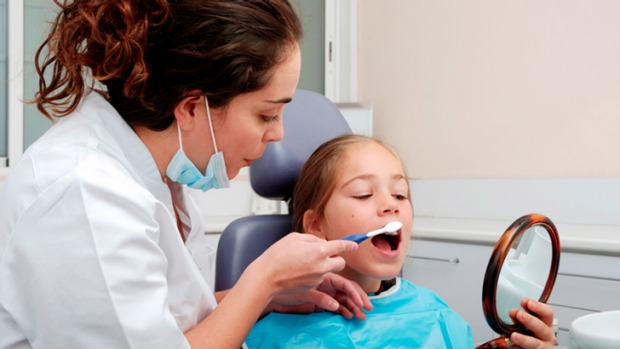
Through the 2016-17 Budget, the Government is introducing the new national Child and Adult Public Dental Scheme from 1 July 2016. This Scheme will replace the Child Dental Benefits Schedule and the National Partnership Agreement on Adult Dental Services. Under the Child and Adult Public Dental Scheme, over 10 million Australians will have access to Federal Government subsidised public dental care. We expect that an extra 600,000 public dental patients will be treated each year through this Scheme. The Government will spend $2.1 billion in the five year National Partnership Agreement for the new Scheme. This represents the largest-ever Commonwealth investment in public dental coverage — which, for the first time, will be enshrined in legislation to provide long-term certainty. Overall, we will spend a total of about $5 billion over the next four years in improving dental outcomes, including through the Child and Adult Public Dental Scheme, private health insurance rebate, the Commonwealth’s contribution to in-hospital dental services, and dental infrastructure in rural and remote Australia. Public dental services will be improved with better funding. Over time, people’s dental health issues will be tackled earlier, with the focus shifting from restorative to preventive dental care, avoiding tooth decay, and alleviating more significant health problems and expense. The new Child and Adult Public Dental Scheme lays the foundations for a fair and equitable national scheme for children and adults that Australia can afford now and into the future. This reflects the Government’s broader integrated approach to health reform, improving oral health, and contributing to better overall health.


